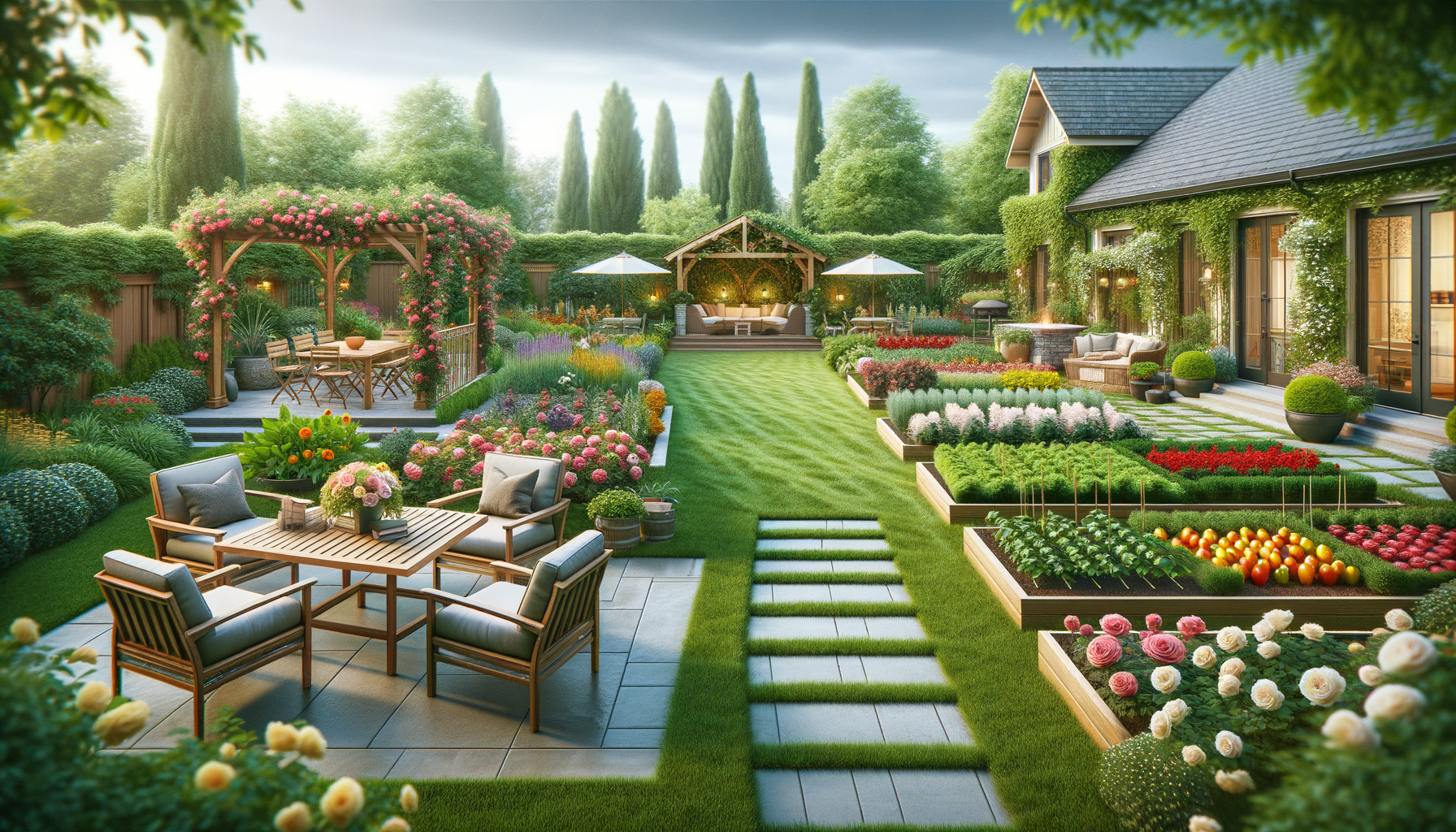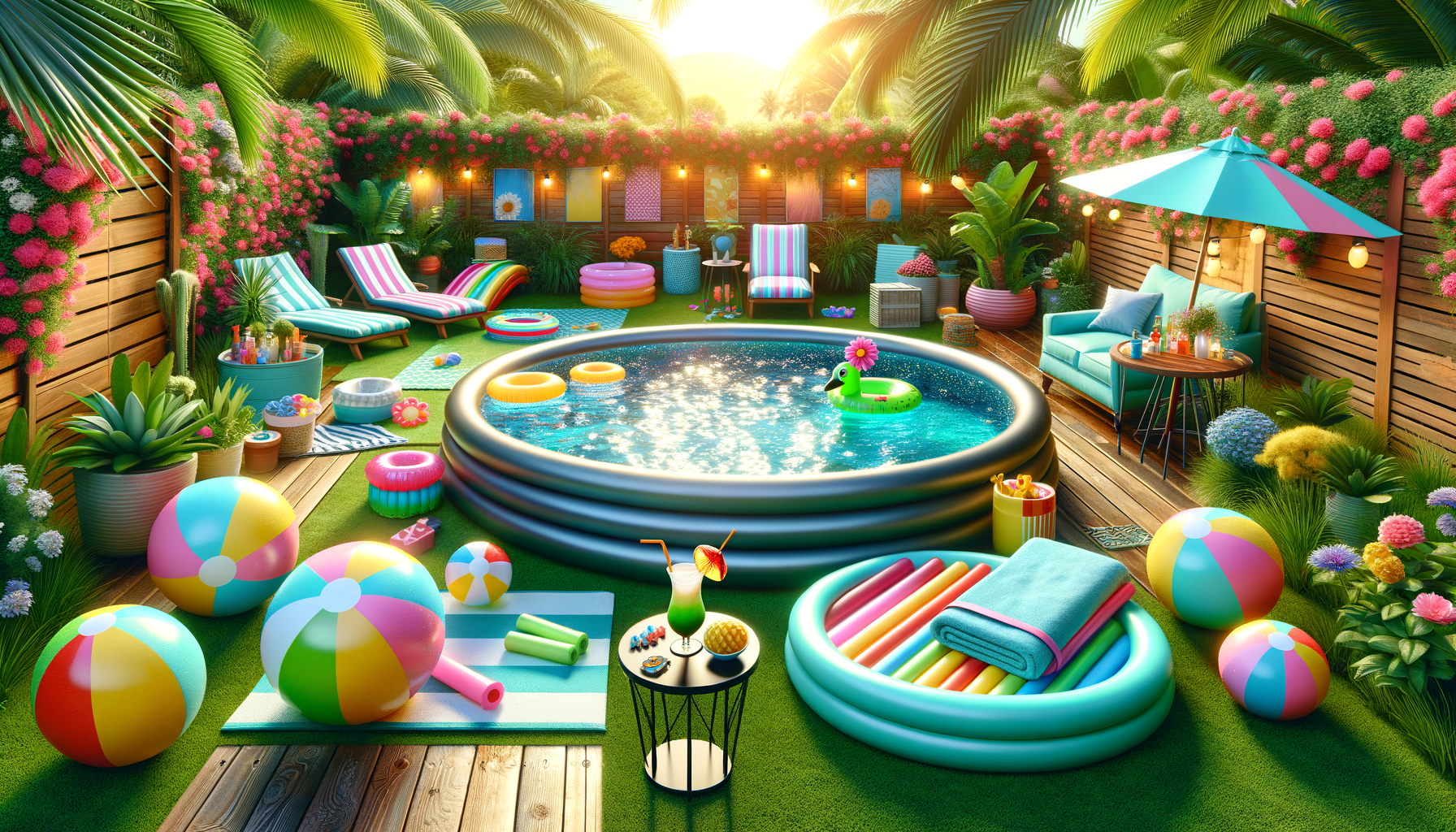Introduction to Yard Design
Designing a yard that reflects your personal style while serving functional purposes can transform your outdoor space into an oasis of relaxation and enjoyment. Yard design is not just about aesthetics; it’s about creating a space that complements your lifestyle and meets your needs. Whether you have a small urban garden or a sprawling suburban lawn, thoughtful planning and creativity can make a significant difference. This article explores practical yard design tips that can enhance the beauty and usability of your outdoor area.
Understanding Your Space
Before diving into the design process, it’s crucial to understand the space you have. Consider the size, shape, and existing features of your yard. Take note of elements like sunlight exposure, soil type, and drainage patterns. These factors will influence plant selection and layout. For instance, a yard with ample sunlight is perfect for sun-loving plants, while shaded areas can host ferns and other shade-tolerant species. Additionally, assess the existing structures such as fences, patios, or pathways, as they can be integrated into the new design for a cohesive look.
Creating a sketch or map of your yard can help visualize potential designs. Divide the space into zones for different activities, such as dining, gardening, or play areas. This zoning approach allows you to allocate space efficiently and ensures that each area serves its intended purpose. Remember to leave room for movement and flow between zones to maintain a harmonious layout.
Choosing the Right Plants
Plant selection is a cornerstone of yard design, as plants not only add beauty but also contribute to the ecosystem. When selecting plants, consider their growth habits, color, and maintenance requirements. Native plants are an excellent choice as they are well-adapted to the local climate and require less water and care. Additionally, they provide habitat for local wildlife, promoting biodiversity.
Mixing different plant types, such as trees, shrubs, perennials, and annuals, can create a dynamic and layered look. Consider the seasonal changes and how your plant choices will look throughout the year. For instance, evergreens provide structure and color in winter, while flowering plants add vibrancy in spring and summer. Group plants with similar water and sunlight needs together to simplify maintenance and ensure healthy growth.
- Consider drought-tolerant plants for water conservation.
- Use a mix of colors and textures for visual interest.
- Incorporate edible plants for a functional and sustainable garden.
Incorporating Hardscaping Elements
Hardscaping elements such as patios, walkways, and retaining walls can enhance the functionality and aesthetics of your yard. These structures provide definition and organization to the space, creating distinct areas for different activities. When planning hardscaping, consider materials that complement the style of your home and existing landscape features.
Stone, brick, and wood are popular choices for hardscaping materials, each offering a unique look and feel. For example, natural stone can create a rustic, timeless appearance, while sleek concrete provides a modern edge. Incorporating water features, such as fountains or ponds, can add tranquility and attract wildlife to your yard.
Remember to plan for practical aspects such as drainage and accessibility when designing hardscaping features. Proper drainage ensures that water does not pool in unwanted areas, which could damage plants or structures. Accessibility considerations, such as wide paths and gradual slopes, make the yard usable for people of all ages and abilities.
Maintaining Your Yard Design
Once your yard design is in place, regular maintenance is essential to keep it looking its best. Develop a maintenance schedule that includes tasks like watering, pruning, fertilizing, and pest control. Consistent care will ensure that plants remain healthy and vibrant, and hardscaping elements stay in good condition.
Consider sustainable practices such as composting and rainwater harvesting to reduce waste and conserve resources. Mulching garden beds can help retain moisture, suppress weeds, and add nutrients to the soil. Additionally, keep an eye on the growth of plants and make adjustments as needed to maintain the desired layout and appearance.
Investing time and effort into maintaining your yard design will pay off in the long run, providing a beautiful and functional outdoor space for years to come.
Conclusion
Creating a well-designed yard involves a blend of creativity, planning, and ongoing care. By understanding your space, choosing the right plants, incorporating hardscaping elements, and committing to regular maintenance, you can transform your outdoor area into a personal haven. Whether you seek a tranquil retreat or a lively entertainment space, thoughtful yard design can enhance your home’s value and your quality of life. Embrace the opportunity to personalize your yard and enjoy the countless benefits of a beautifully crafted outdoor environment.



Leave a Reply